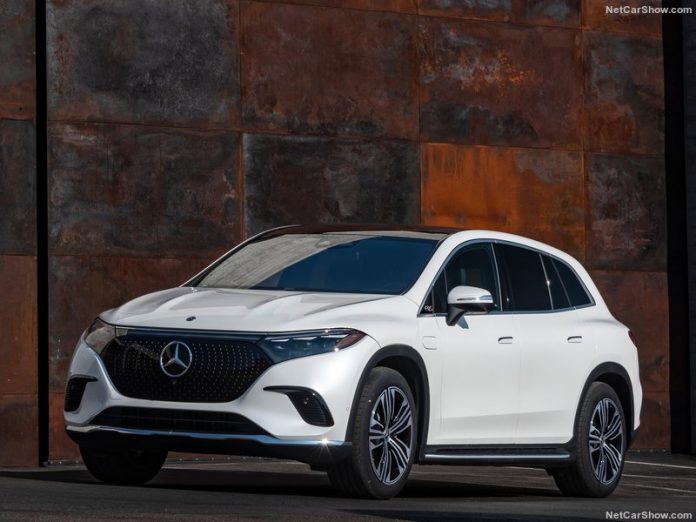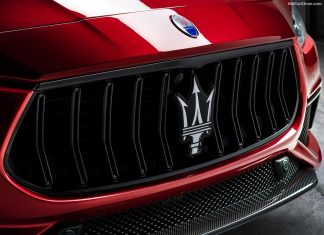Hungarian Vehicles Market in October 2023 grows 1.7% after falling for 4 consecutive months, reporting 8,402 new sales. YTD figures at 91,489 are down 2.2% from the previous year. Skoda makes it into 2nd rising 53.3%.
Market Trend and Outlook
The Hungarian Auto Market in October 2023 grows 1.7% after falling for for consecutive months, reporting 8,402 new sales. YTD figures at 91,489 are down 2.2% from the previous year.
Looking at cumulative data up to October 2023 brand-wise, Toyota maintains leadership with 12,239 sales (+10.8%) followed closely by the runner up Skoda -up 4 spots- with 9,226 units sold (+53.3%).
In 3rd place ranks Suzuki with 8,952 sales (-10.4%), in front of Volkswagen -down 1 spot- at 7,596 (-14.5%), Kia at 5,699 (-19.3%) and Ford at 5,299 sales (-28.6%).
BMW rises 3 spots into 7th position with 4,307 sales (+8.2%), followed by Mercedes at 3,828 sales (-21.2%), Opel at 3,618 (-6.0%) and Dacia closing the Top 10 with 3,538 new car registrations (-37.2%).
Looking at specific models the Skoda Octavia becomes the new best seller, rising 70.8% in year-on-year sales and 5 spots in the rankings, followed by previous year’s leader the Suzuki SX4 S-Cross, down 19.0%.
Medium-Term Market Trend
The last decade has been exceptional for the Hungarian car market. From 2010 to 2012 the Hungarian market moved up and down between a low of 43,474 sales in 2010 and 56,517 sales in 2011. In 2013 started a 7 year uptrend, with the market reaching 6 new all-time highs until a peak in 2019 at 157,790.
The pandemic arrived in 2020 causing the Hungarian car market to fall 19% down to 128,030 new car registrations.
The following year sales fell further reaching 121,545 by the end of 2021. In 2022 volume dropped even more, reaching 111,043 cumulative sales, an 8.8% loss compared to the prior year.
The Hungarian market might find some more resistance in the first months of 2023, with struggles in the automotive industry emerging. Firstly a lack of raw materials for the production of microchips is causing a disruption in global supply chains and subsequently facing manufacturers to increase car prices. Secondly in the future we will probably see the Hungarian Government push more towards EVs, an expensive alternative for many consumers.
Tables with sales figures
In the tables below we report sales for top 10 Brands and top 10 Models.











